Neon in America and where it really started - Uncovered!
-
Similar Content
-
- 4 replies
- 8,949 views
-
- 2 replies
- 1,662 views
-
- 0 replies
- 1,077 views
-
- 0 replies
- 5,784 views
-
- 0 replies
- 13,537 views
-
-
Recently Browsing 0 members
- No registered users viewing this page.
-
Featured Products
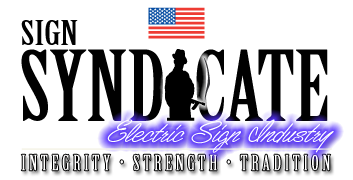

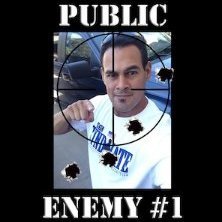
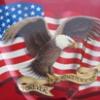
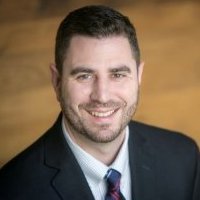
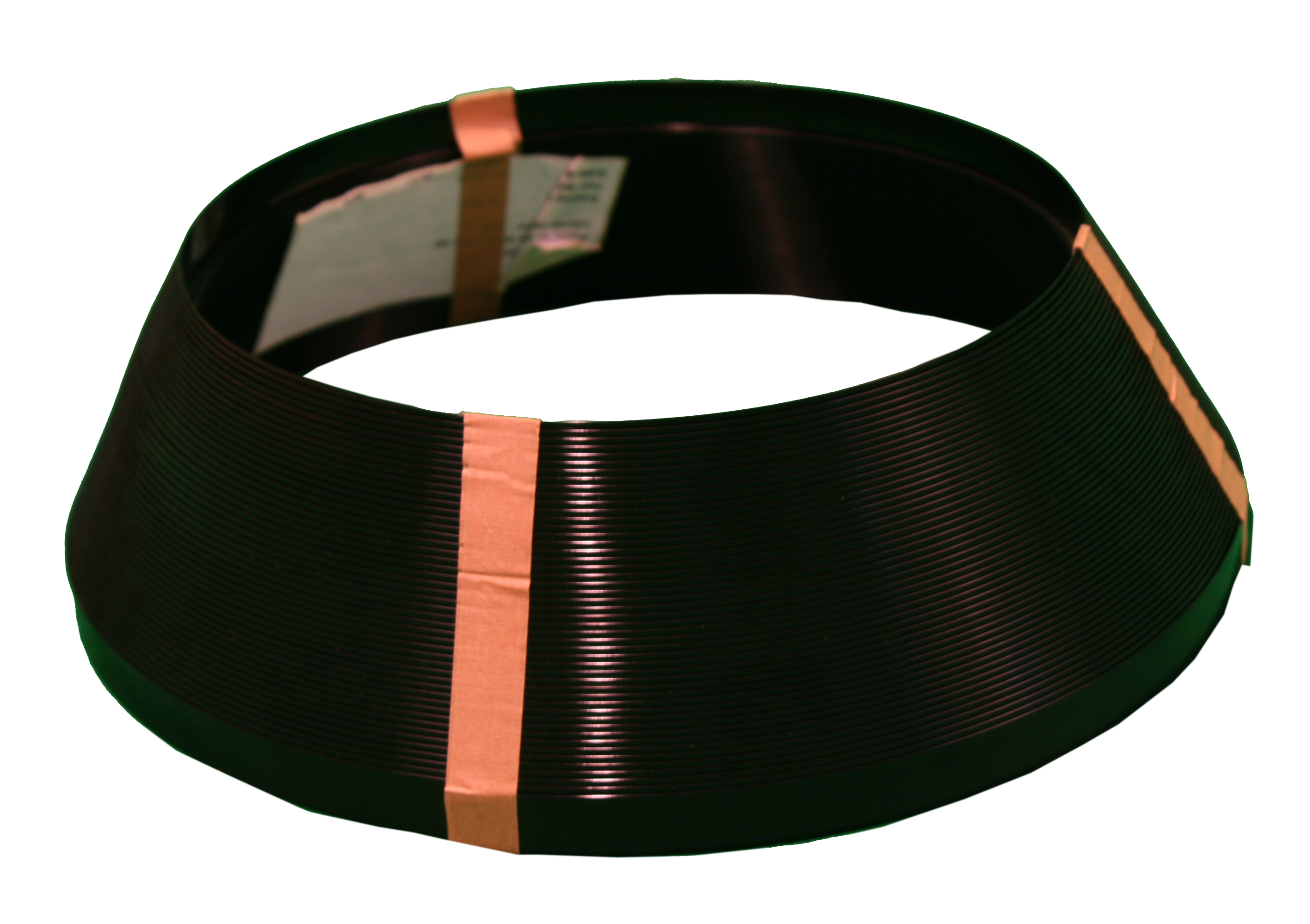
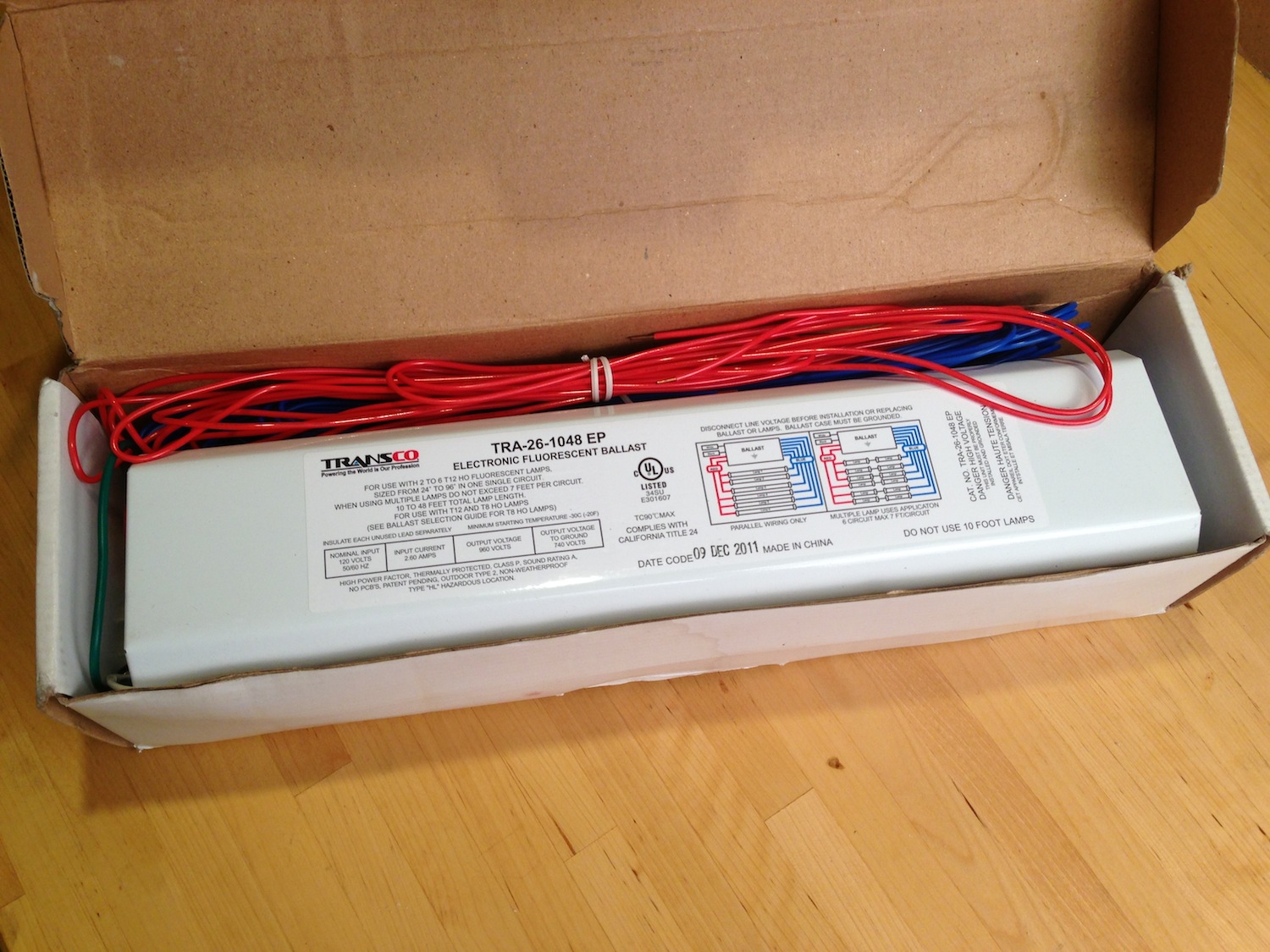
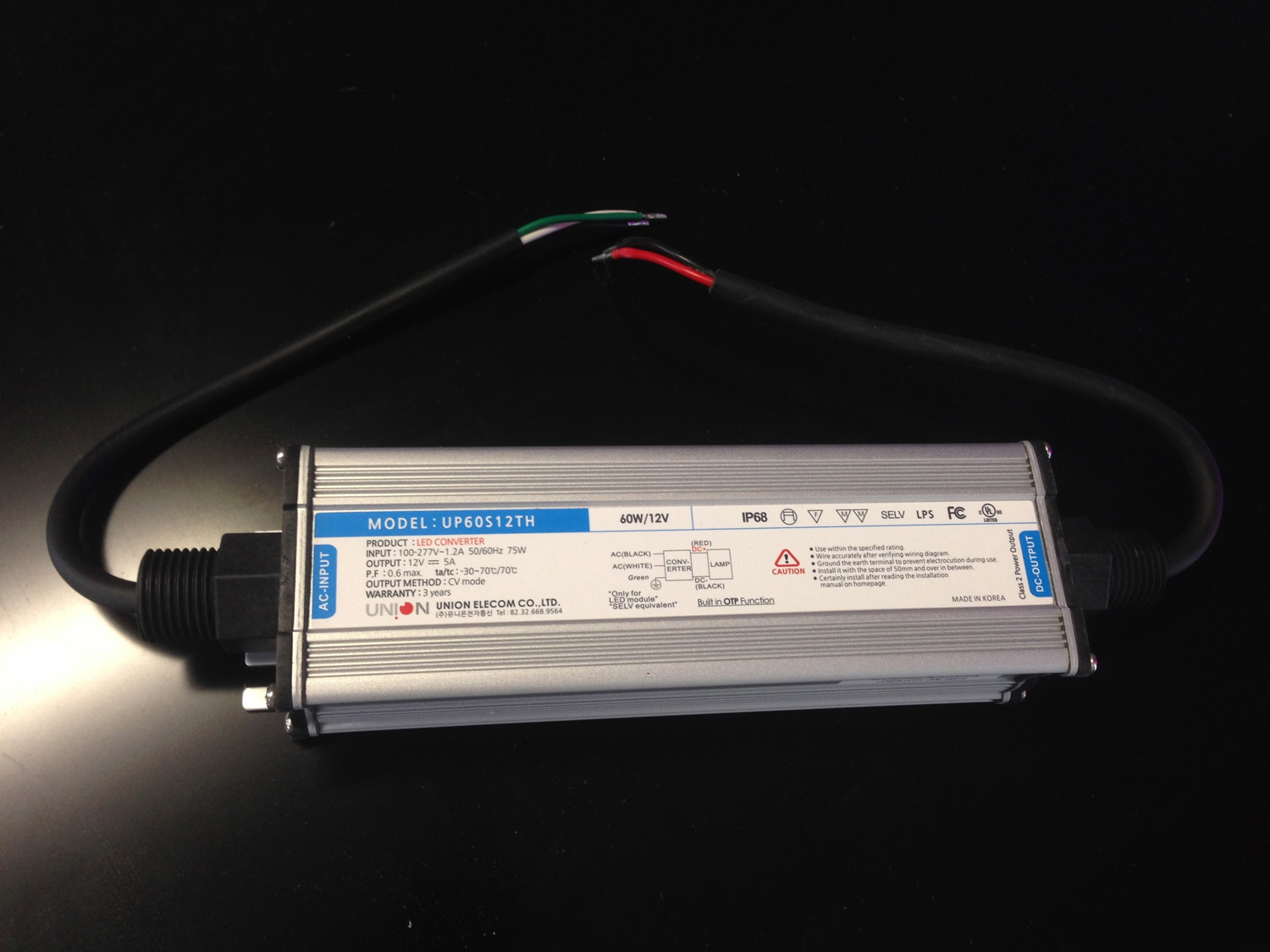
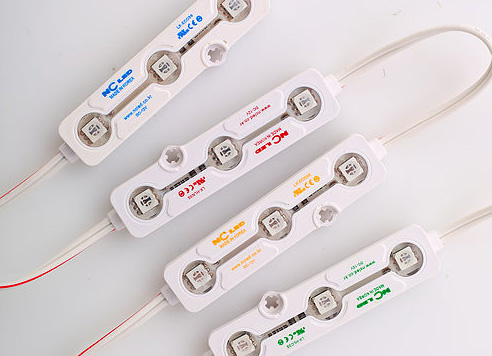
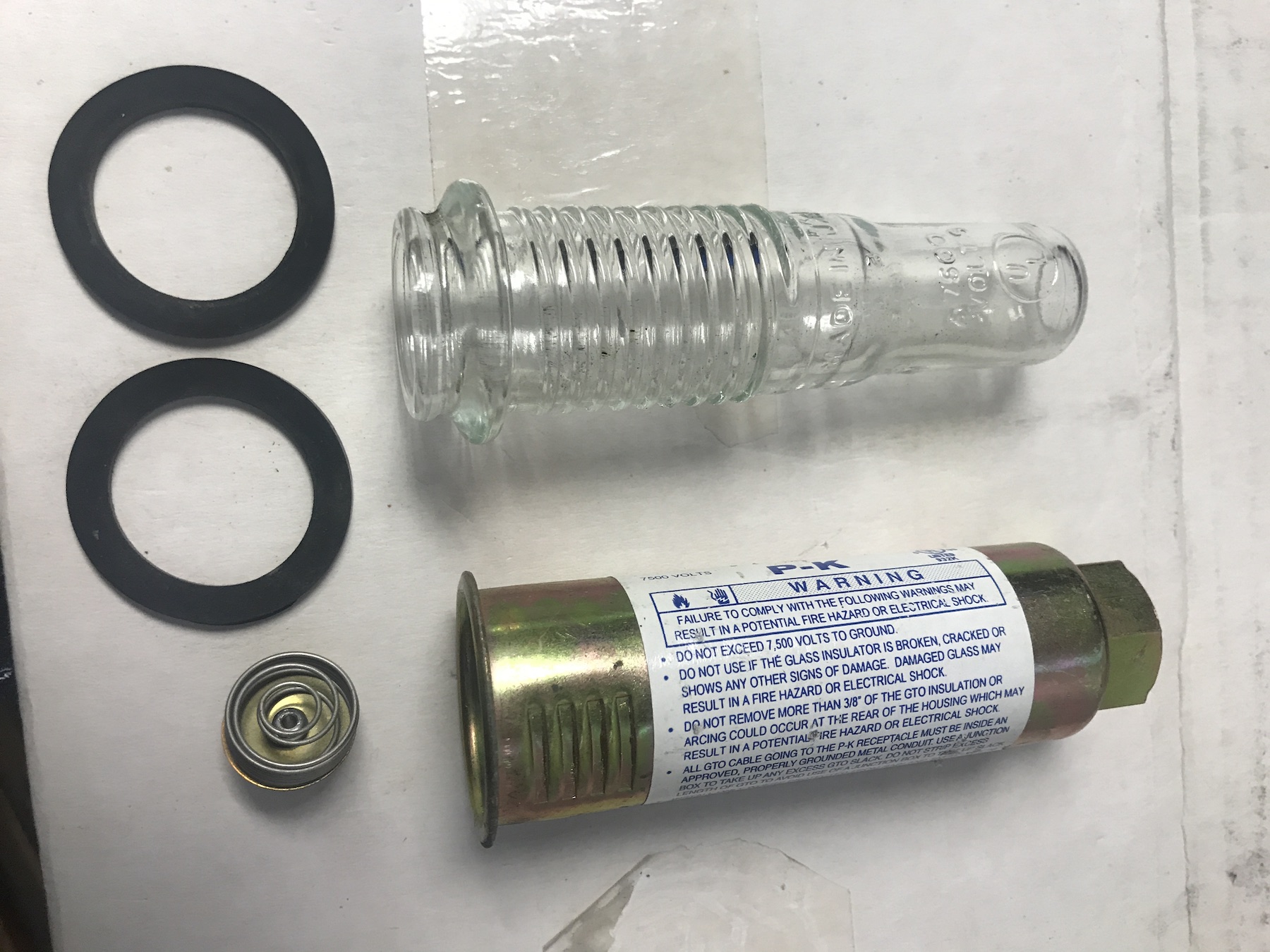
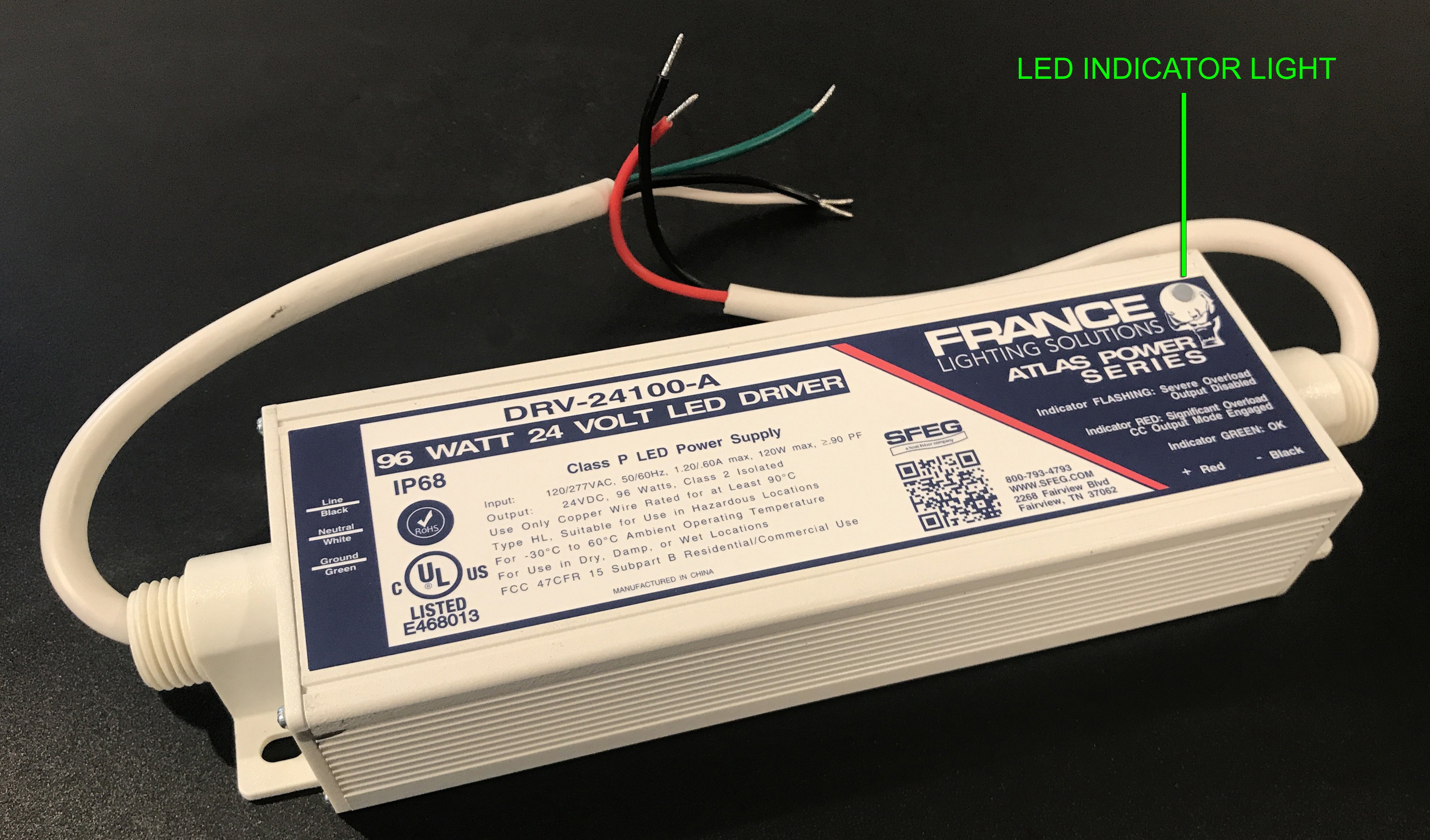
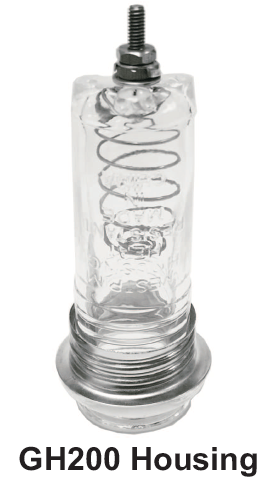
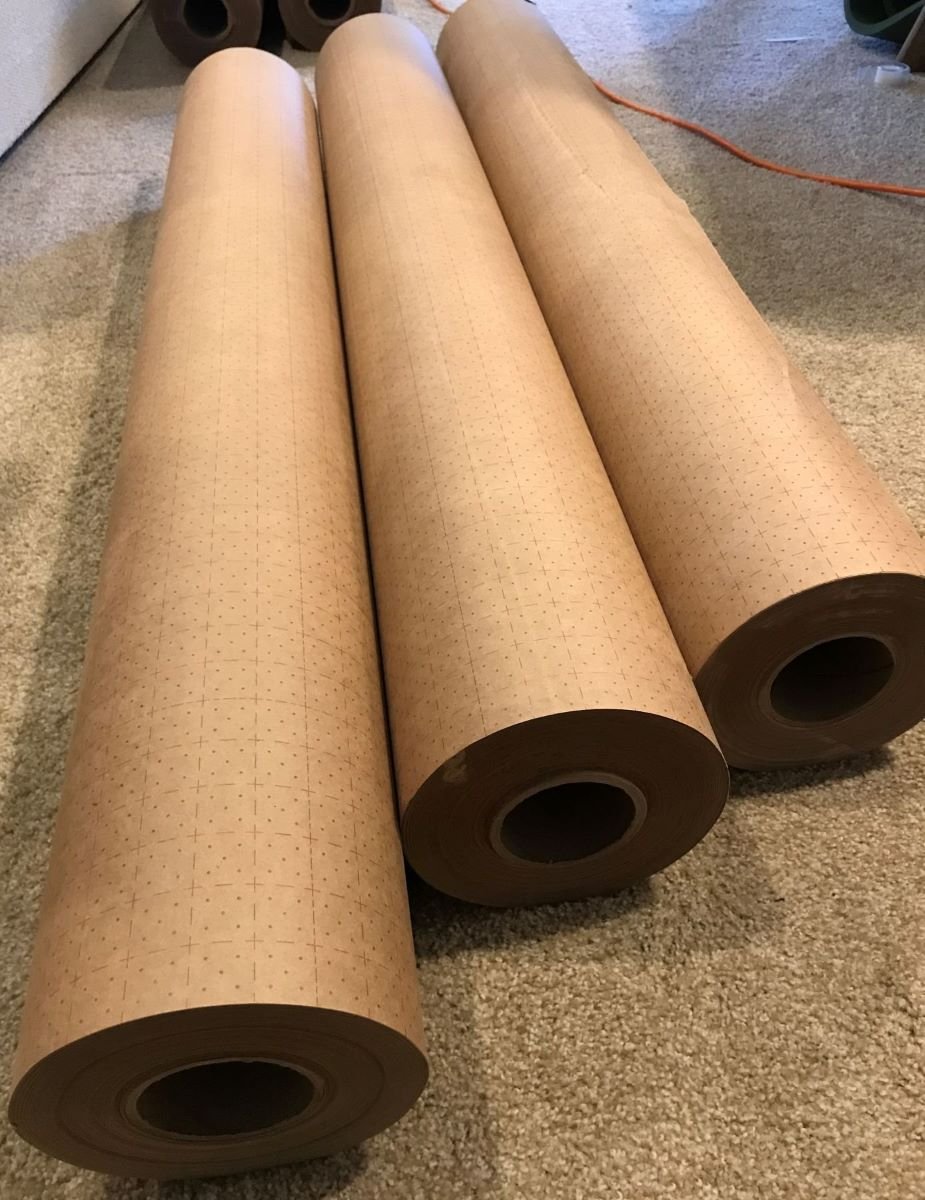
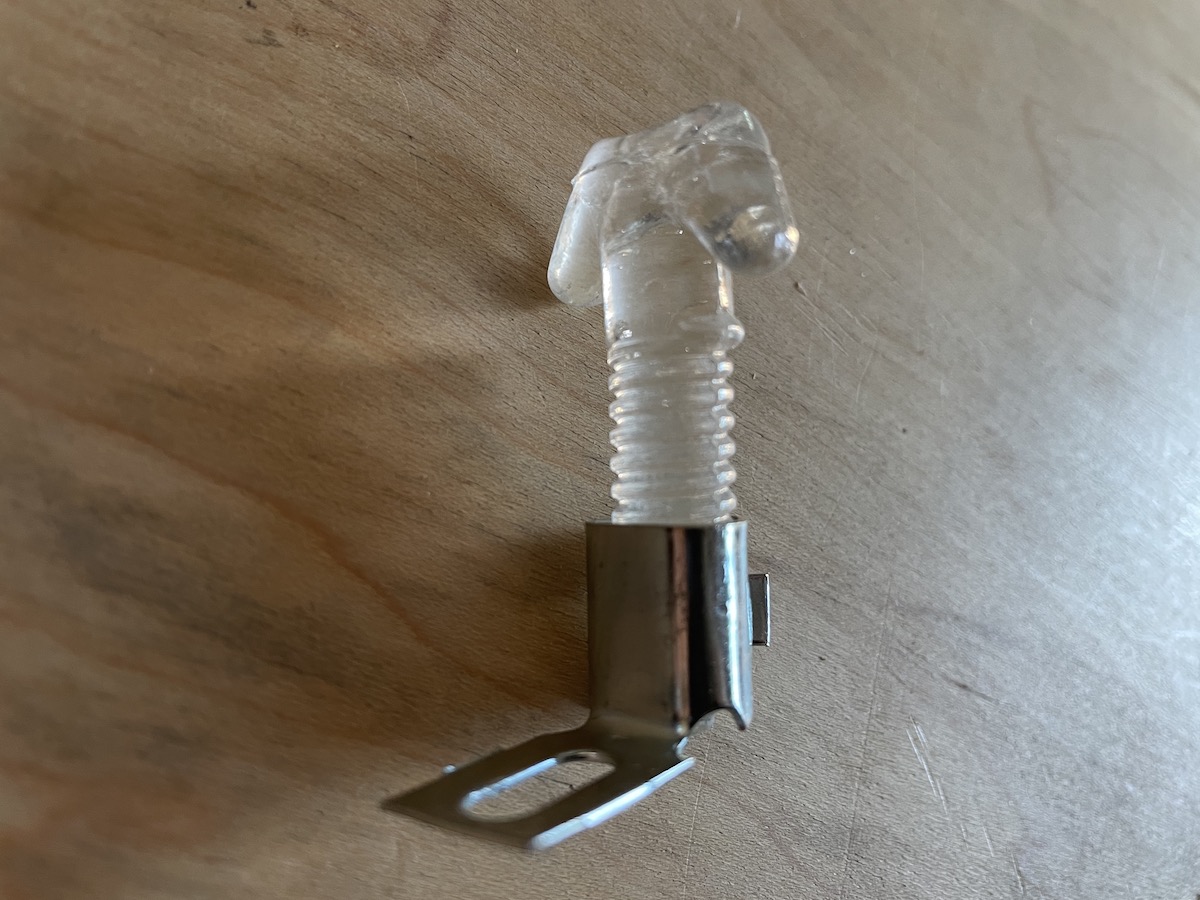
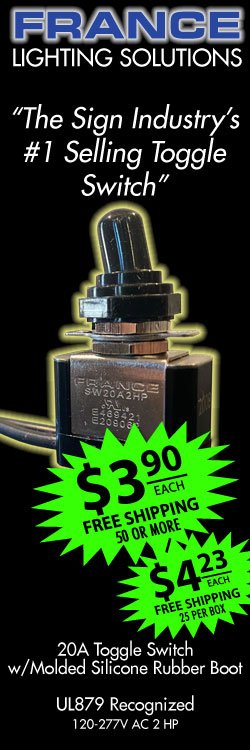
Recommended Posts
Join the conversation
You can post now and register later. If you have an account, sign in now to post with your account.